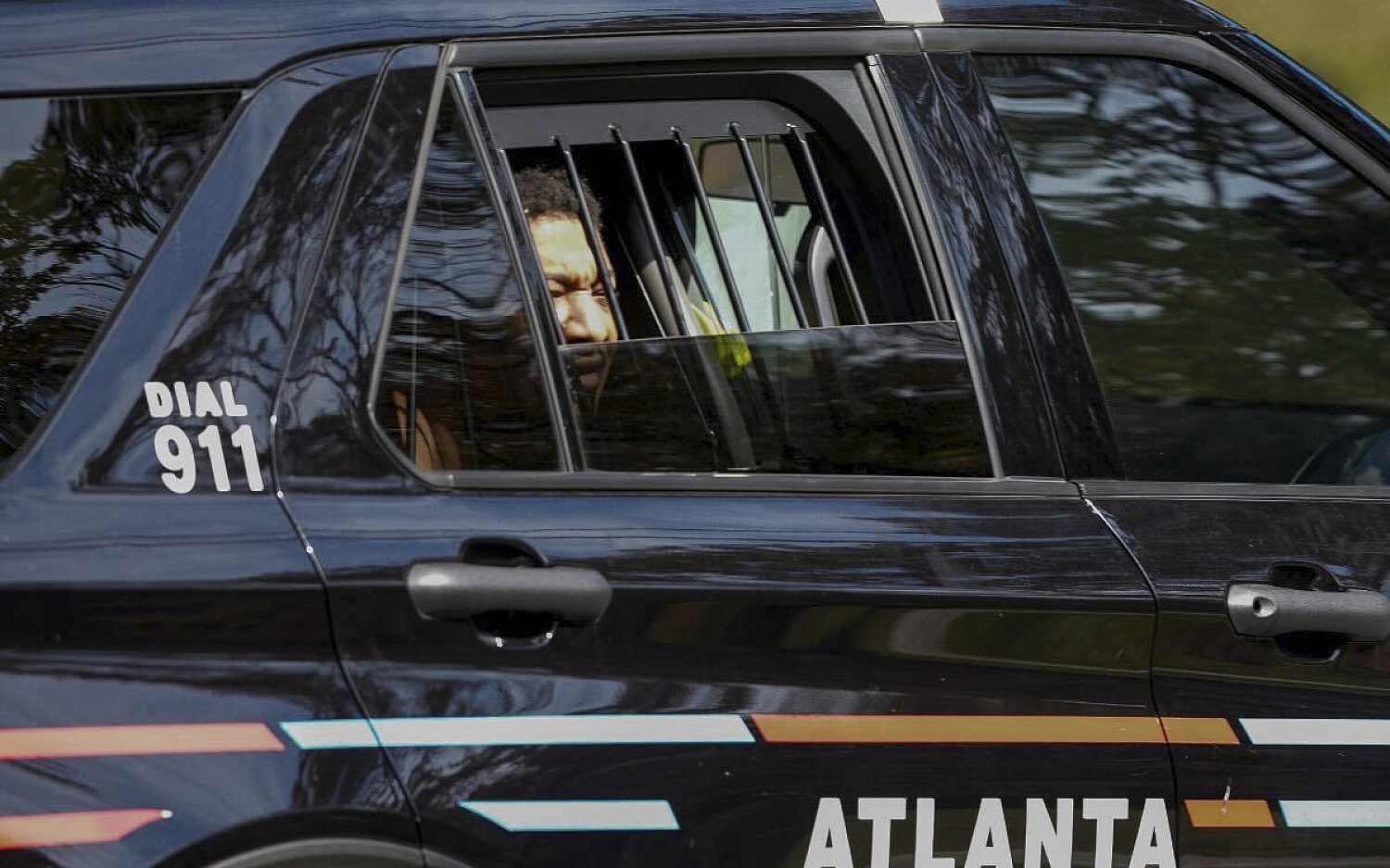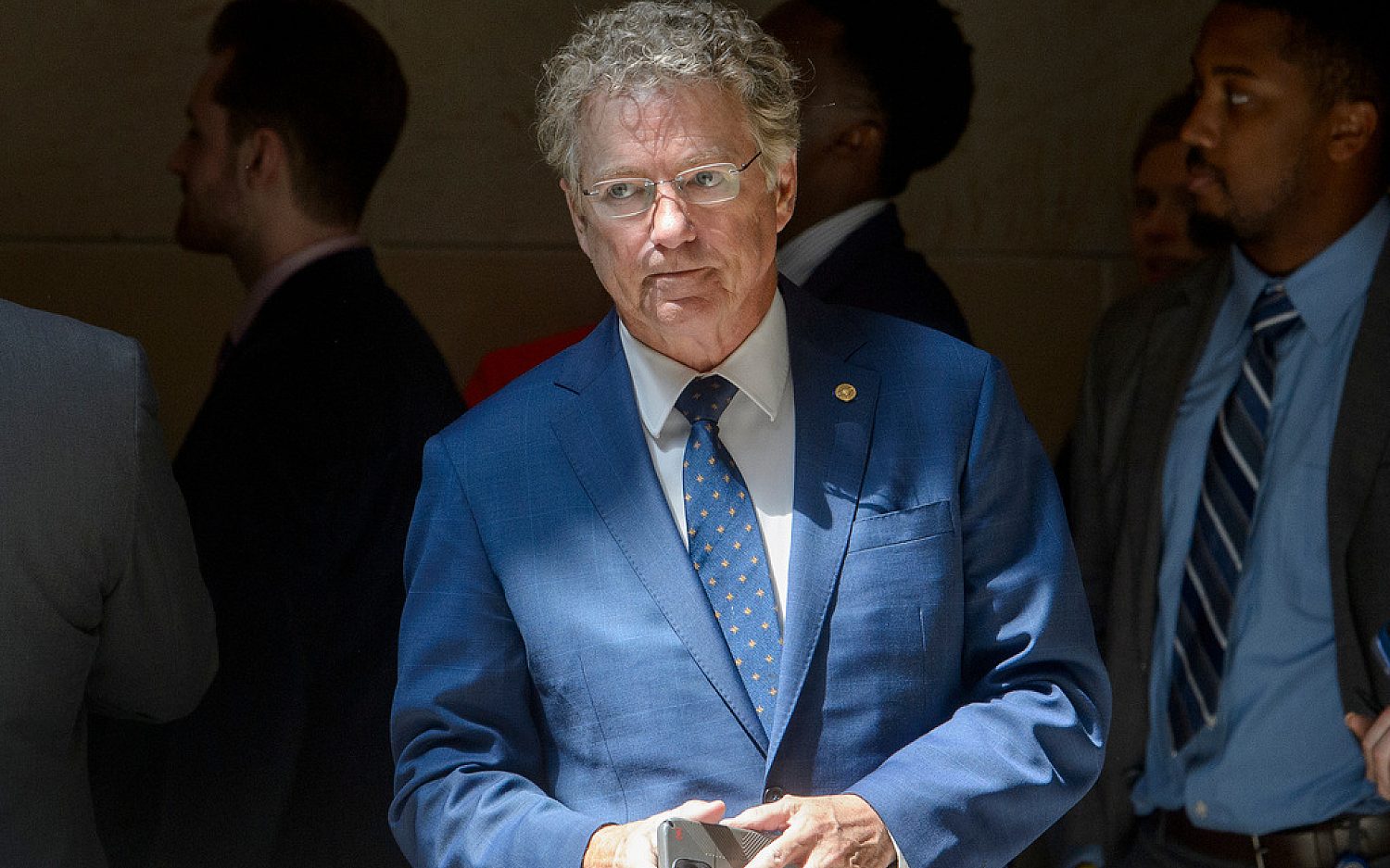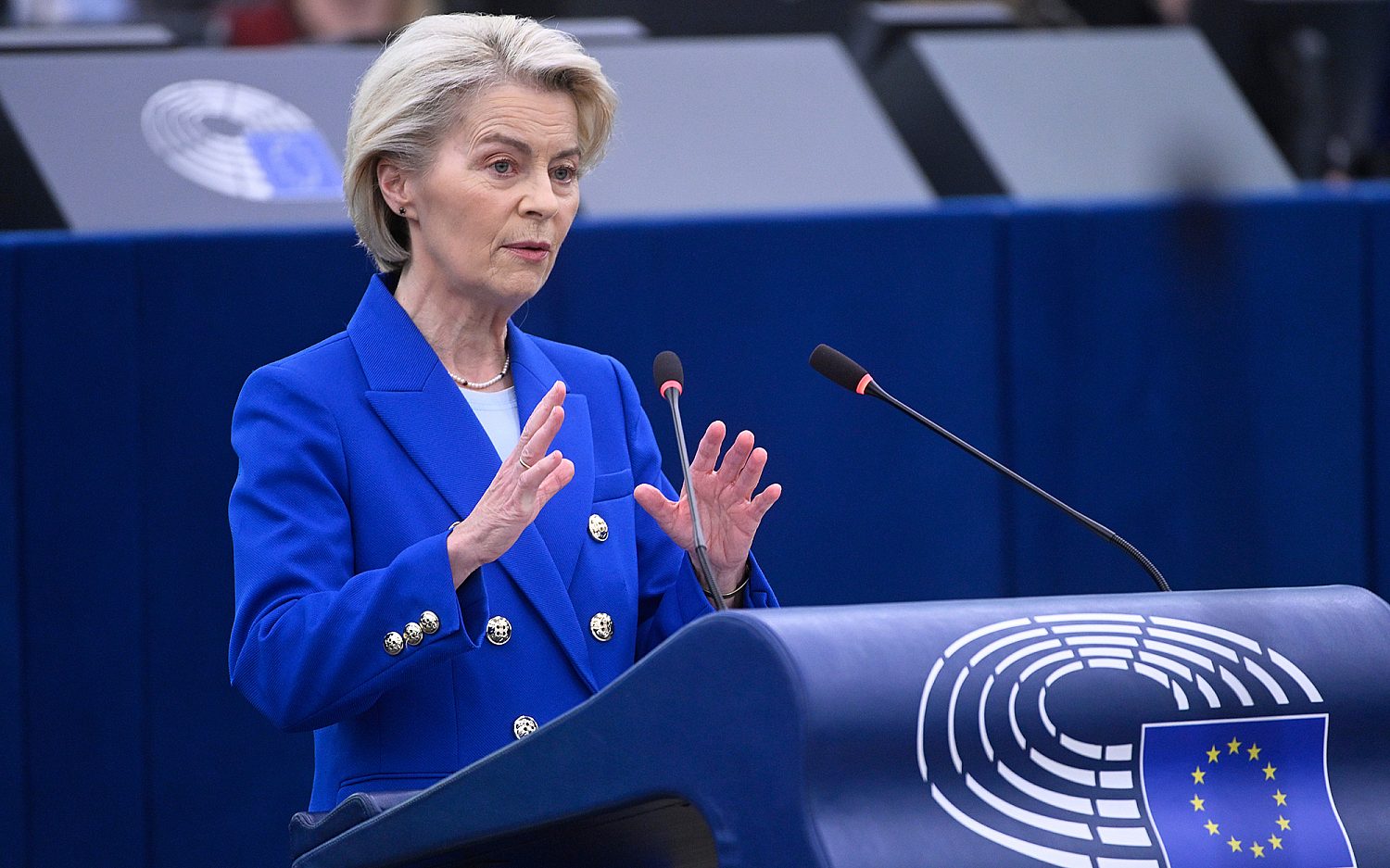Church of England reverses course on female leadership
The General Synod took first steps toward allowing women to serve as bishops
Leadership in the Church of England may soon include women. A Wednesday vote by the General Synod cleared the way for a proposal that would allow women to be appointed as bishops, high-ranking church officers with jurisdiction over multiple parishes. The final vote on the proposal is likely to occur next year. The Church of England allowed women to become priests in 1992, but the role of bishop has so far remained open only to men.
The 378-8 vote is a dramatic reversal from one year ago, when a proposal to ordain female bishops failed by six votes. Months of internal negotiations between traditional and progressive church leaders followed. The current proposal would offer some accommodations to more traditional parishes that might object to female authority, with an ombudsman to settle any disputes.
Archbishop of York John Sentamu cautioned it wasn't yet time to “open the champagne bottles,” but approval of measure seems likely. Since last year's failed attempt, many conservative church leaders have changed their positions, possibly due to outside pressure.
UK Prime Minister David Cameron has clearly stated his position on female church leaders. “I strongly support women bishops, and I hope the Church of England takes this key step to ensure its place as a modern church, in touch with our society,” he told the British Parliament.
The Church of England is a state church. Cameron has told its leaders that parliament might intervene if approval of women didn't occur soon. Including women in the ranks of the church's 108 bishops could also boost their presence in the House of Lords, since two dozen bishops hold seats there.
Members of the General Synod, which includes bishops, clergy, and laity, seemed keenly aware that outsiders are watching. James Langstaff, the Bishop of Rochester, tried to downplay any suggestion that his colleagues had been pressured by the prospect of parliamentary intervention, but admitted that it “might have concentrated some minds.”
Using a freight train as an illustration, Langstaff suggested to reporters that the inclusion of women in the episcopate was inevitable: “The train is on the tracks, the train is moving forwards, and we now have some stations to pass along the way, but we can begin to see the end of this particular journey.”
Before the vote, Rod Thomas, a priest, synod member, and chairman of the conservative Anglican group Reform, which opposes female priests and bishops, had said he intended to support the proposal “in the spirit of wanting to achieve agreement. … Even if I am not able to join you, I shall rejoice in the measure of agreement that we have been able to reach.” According to The Guardian, Thomas acknowledged that his previous opposition to the measure had been “a cause of shock, of bewilderment, of anger and of grief” to many people.
Susie Leafe, the director of Reform, said she couldn't support the move.
Anglicans around the world are divided on the matter of female leadership. Churches in the United States, Australia, Canada, and New Zealand already permit women to become bishops. But more traditional Anglicans in some countries reserve the role of priest or bishop for men only.
An actual newsletter worth subscribing to instead of just a collection of links. —Adam
Sign up to receive The Sift email newsletter each weekday morning for the latest headlines from WORLD’s breaking news team.





Please wait while we load the latest comments...
Comments
Please register, subscribe, or log in to comment on this article.